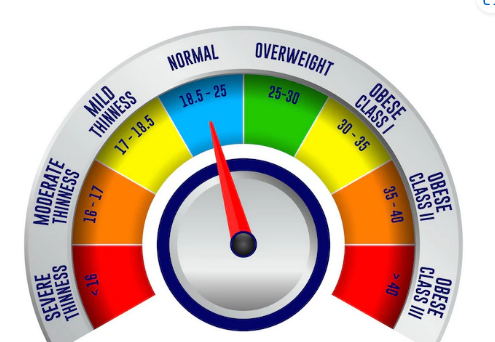Body Mass Index: What It Is and How to Measure It
What is Body Mass Index?
Body mass index (BMI) is a useful tool for measuring body fat based on an individual’s height and weight. It’s a quick and easy way to determine whether someone is underweight, overweight, or within a healthy weight range. A BMI of 18.5 or less is considered underweight, a BMI between 18.5 and 24.9 is considered normal or healthy, a BMI between 25 and 29.9 is considered overweight, and a BMI of 30 or higher is considered obese.

How to read your level of BMI?
When someone has a BMI of 200, it’s important to understand that this number is not physically possible. The maximum BMI value is 100, which means that a BMI of 200 is likely a typo or a misunderstanding of what Body Mass Index represents.
However, if we were to consider a BMI of 20 instead of 200, we can see that a BMI within the healthy range can be beneficial for overall health. Maintaining a healthy weight through a balanced diet and regular exercise can help reduce the risk of health problems such as heart disease, diabetes, and high blood pressure.
It’s important to note that BMI is not always a perfect measure of body fat. It does not take into account factors such as muscle mass or bone density, which can affect an individual’s weight without necessarily indicating a high level of body fat. For this reason, BMI should be used in combination with other measures such as waist circumference and body composition to get a more accurate picture of overall health.
Conclusion
In conclusion, while a BMI of 200 is not possible, understanding the importance of maintaining a healthy weight through a balanced lifestyle can help reduce the risk of various health problems. By using tools like BMI in combination with other measures, individuals can make informed decisions about their health and take steps towards living a healthier, happier life.

